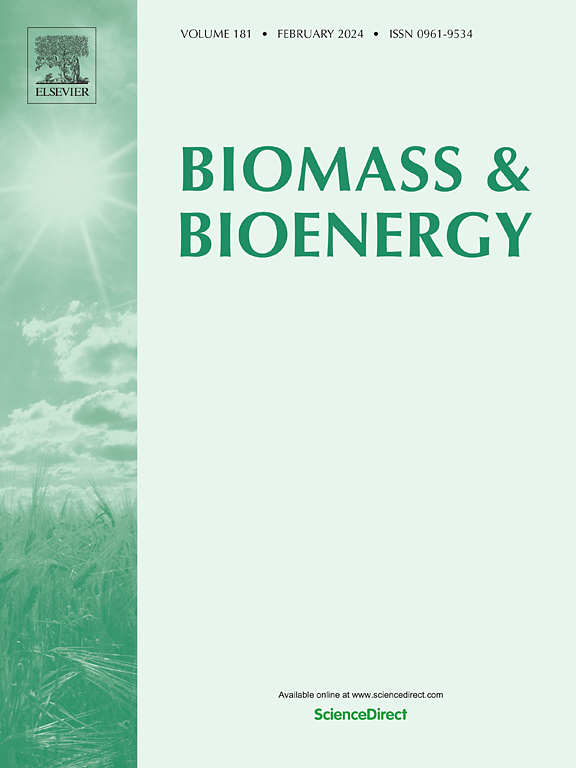Achieving high biomass of probiotic Enterococcus faecium by affordable culture media using response surface methodology
IF 5.8
2区 生物学
Q1 AGRICULTURAL ENGINEERING
引用次数: 0
Abstract
By increased consumption of probiotics as health-improving supplements by humans and livestock, there is a necessity for cost-effective large-scale production of these beneficial microorganisms. A cost-efficient and optimal culture medium was designed for large-scale production of probiotic E. faecium and operating conditions were optimized using response surface methodology. A three-stage sequential optimization process was designed to optimize media composition and operating conditions.
The results showed that an economic combination of CSL and yeast extract at a ratio of 70:30 as nitrogen source and sucrose as carbon source could achieve a biomass yield of 1.5 × 109 CFU/mL. Further optimizations revealed the negligible effect of agitation and temperature, while the initial pH and phosphate buffer concentration significantly influenced the biomass yield. A confirmation experiment with culture medium composed of sucrose 20 g/L, CSL 8.4 g/L, yeast extract 3.6 g/L, phosphate buffer 0.06 M under the initial pH of 8.0, and temperature of 32.5 °C obtained a final biomass concentration of 1.9 × 109 CFU/mL. The scaled up processes in 10-L and 75-L fermenters under the optimized conditions successfully produced biomass yields of 2 × 109 and 3 × 109 CFU/mL, respectively. These findings showed the feasibility of formulating an innovative and cost-effective culture medium with readily available ingredients to achieve high biomass concentrations of probiotics.

求助全文
约1分钟内获得全文
求助全文
来源期刊

Biomass & Bioenergy
工程技术-能源与燃料
CiteScore
11.50
自引率
3.30%
发文量
258
审稿时长
60 days
期刊介绍:
Biomass & Bioenergy is an international journal publishing original research papers and short communications, review articles and case studies on biological resources, chemical and biological processes, and biomass products for new renewable sources of energy and materials.
The scope of the journal extends to the environmental, management and economic aspects of biomass and bioenergy.
Key areas covered by the journal:
• Biomass: sources, energy crop production processes, genetic improvements, composition. Please note that research on these biomass subjects must be linked directly to bioenergy generation.
• Biological Residues: residues/rests from agricultural production, forestry and plantations (palm, sugar etc), processing industries, and municipal sources (MSW). Papers on the use of biomass residues through innovative processes/technological novelty and/or consideration of feedstock/system sustainability (or unsustainability) are welcomed. However waste treatment processes and pollution control or mitigation which are only tangentially related to bioenergy are not in the scope of the journal, as they are more suited to publications in the environmental arena. Papers that describe conventional waste streams (ie well described in existing literature) that do not empirically address ''new'' added value from the process are not suitable for submission to the journal.
• Bioenergy Processes: fermentations, thermochemical conversions, liquid and gaseous fuels, and petrochemical substitutes
• Bioenergy Utilization: direct combustion, gasification, electricity production, chemical processes, and by-product remediation
• Biomass and the Environment: carbon cycle, the net energy efficiency of bioenergy systems, assessment of sustainability, and biodiversity issues.
 求助内容:
求助内容: 应助结果提醒方式:
应助结果提醒方式:


